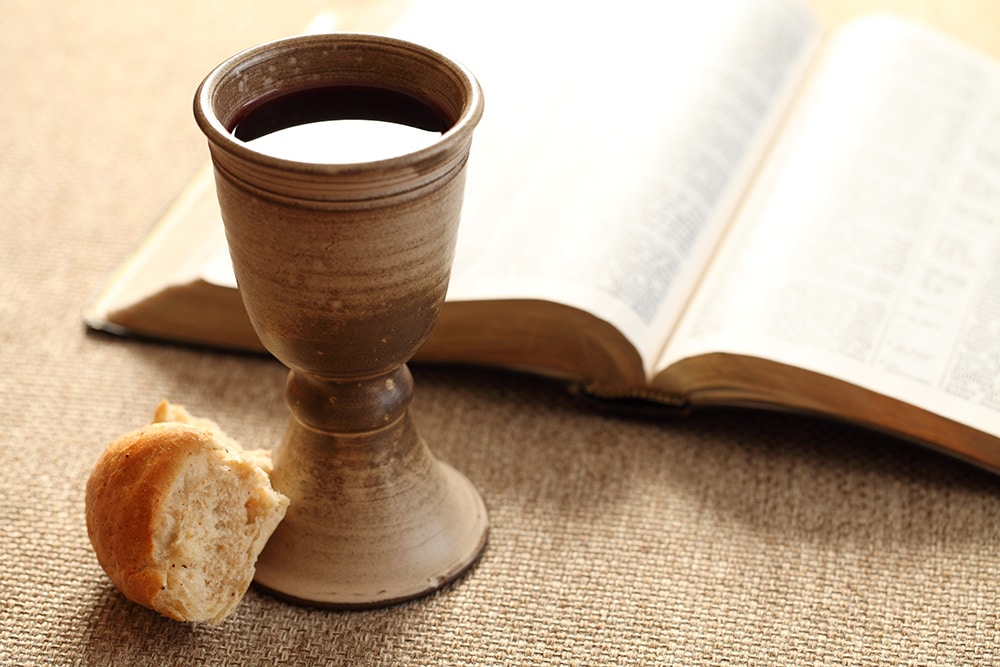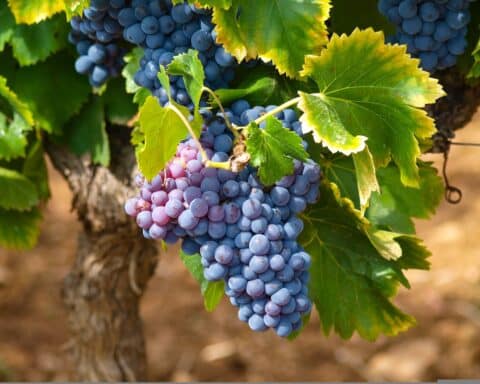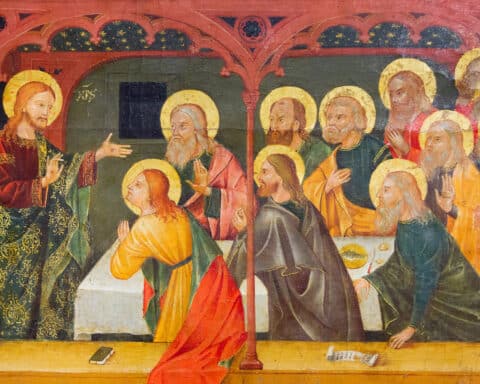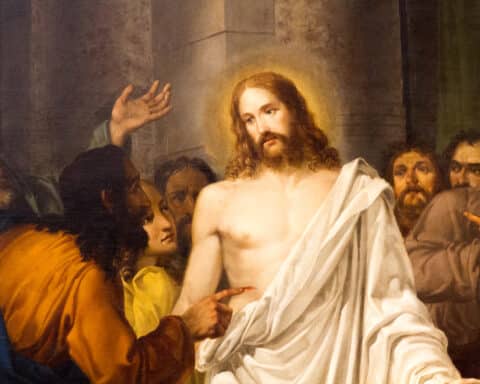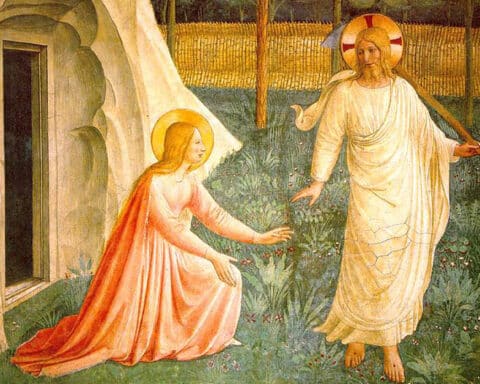
Unlike the other Gospels — which each feature this miracle — the Gospel of John includes Jesus’ explanation of the miracle. He is the bread of life, who has come to feed the crowds.
To understand this transition, we must turn our attention to six verses in John 6 that our Lectionary passes over. Jesus walks on water, quelling a turbulent sea in John 6:16-21. The Gospel of John opens with a profession that Jesus is the Word of God, the very logos or reason and meaning for creation. The Word was with God and is God. And in Jesus that Word of God, which is God, came to dwell among us.
| August 1 – Eighteenth Sunday in Ordinary Time |
|---|
|
Ex 16:2-4, 12-15
Ps 78:3-4, 23-24, 25, 54
Eph 4:17, 20-24
Jn 6:24-35
|
When Jesus walks on water, quelling the turbulent sea, he announces (at least to those with the eyes to see) his identity as the God-man. To behold Jesus is to behold God. His flesh and blood, his compassion for the sinner and saint alike, is the very divine presence dwelling among us.
And yet, as the Gospel of John proves throughout, few possess the eyes to see. The Samaritan woman. The man born blind. The beloved disciple. Everyone else misunderstands what Jesus is doing. Who Jesus is.
At the beginning of the bread of life discourse, the crowds return to Jesus. They have come not to be in his presence but to behold more signs. They want him to do something even more wondrous.
Jesus tells them not to come to behold such wonders but to receive the food of eternal life that the Son of man will give.
The crowd asks a question. What can we do to accomplish God’s works? How can we earn these signs?
Jesus surprisingly answers them. They are to do nothing more than believe in the one who is sent.
The incredulous crowd then asks a question that returns to the hardness of heart demonstrated by Israel in the Exodus narrative. What sign will you do that we will believe in you?
Despite the miraculous feeding in the desert, they cannot believe. They want another miracle, another sign. They want Jesus to bring bread from heaven just like the Exodus. Let the skies rain down with bread and quail. Prove to us that you are the Son of God.
They have not understood that this is precisely what Jesus did when he fed the 5,000. They do not understand that the most marvelous sign is the one before their eyes, the very presence of God dwelling among us in Jesus Christ.
Jesus replies to the request of the crowds. Jesus will give them a heavenly bread, a bread that gives life to the world.
The crowd is confused. Where can they get this bread?
Jesus announces, “I am the bread of life; whoever comes to me will never hunger, and whoever believes in me will never thirst” (Jn 6:35).
In Jesus’ identification with the bread of life, he is describing himself as the bread that has come down from heaven. You want a sign, something marvelous to behold, Jesus implicitly asks.
Behold me.
Stay with me.
Listen to me.
John 6 — even before it is about the Eucharist — is about the divine indwelling in the man Jesus. The wondrous sign that he is as the Word made flesh.
The Lord gave us bread from heaven.
He gave us the Word made flesh.
Timothy P. O’Malley, Ph.D., is the director of education at the McGrath Institute for Church Life at the University of Notre Dame.

